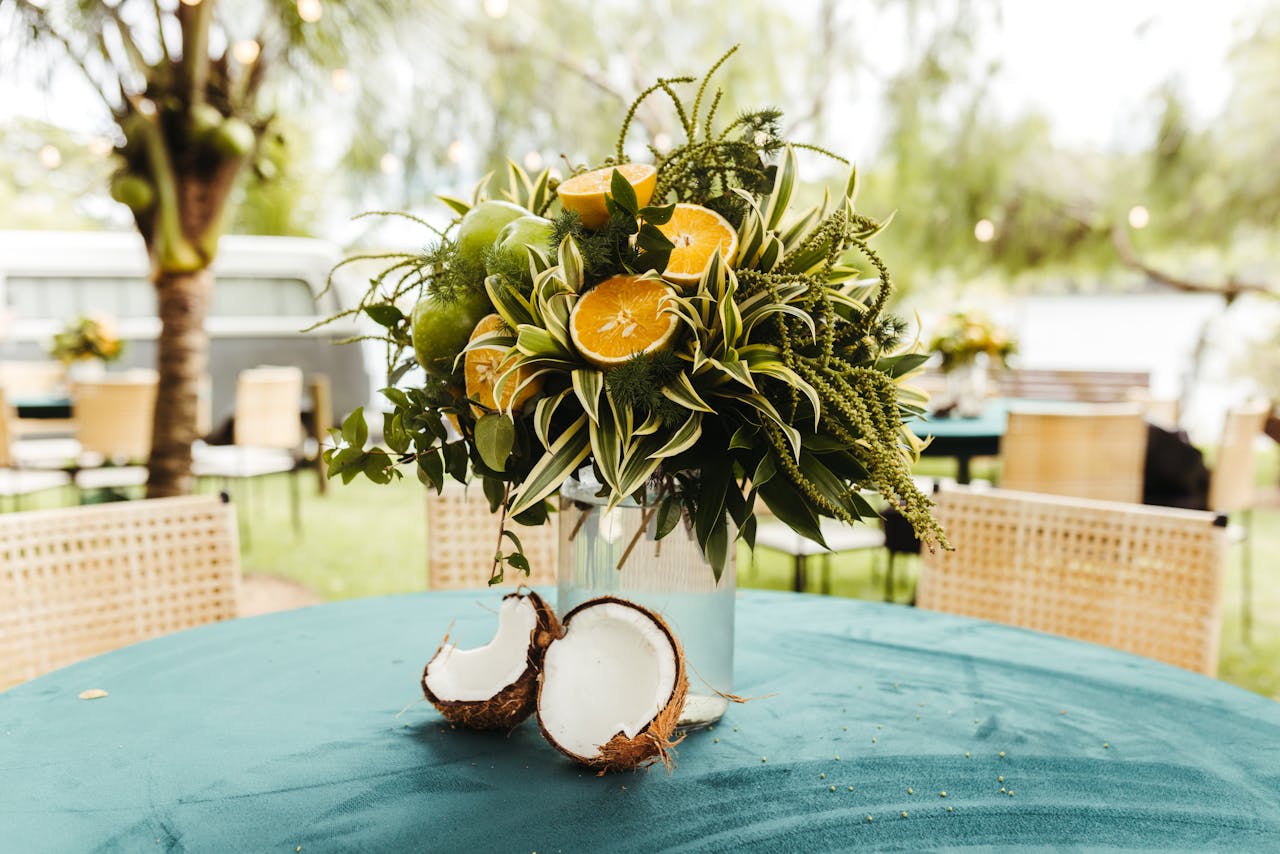The World’s 5 Strangest Fruits
Photo by Jonathan Borba taken from LINK
Hello everyone!
Have you ever wanted to try some exotic fruits? Or to try out something unusual? If so, I’m going to show you 5 fruits, that even I wonder if they really exist.
Kiwano
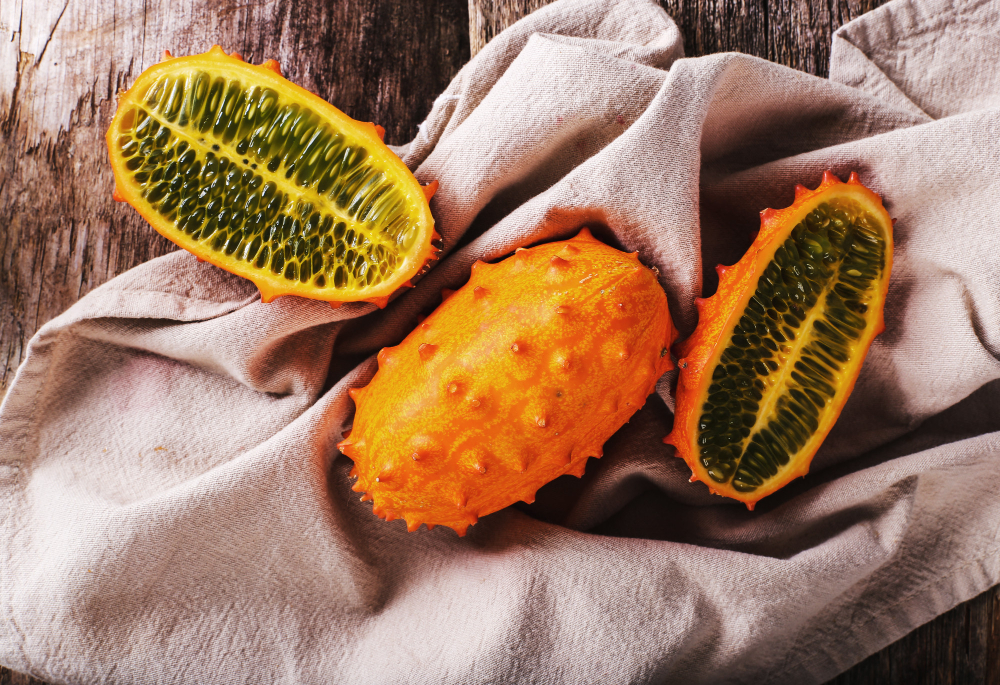
Photo by Racool_studio taken from LINK
Biological name: Cucumis metulifer
Nutritional values: low calorific value, high potassium content, includes vitamins (mainly C and B6), iron, magnesium and calcium
Taste: refreshing; similar to kiwi, melon and cucumber; banana aroma
How to eat: raw; can be added to fruit salads, desserts, fishes and seafood
Characteristics: spiked orangish peel with green pulp
Fingered citron (Buddha’s hand)
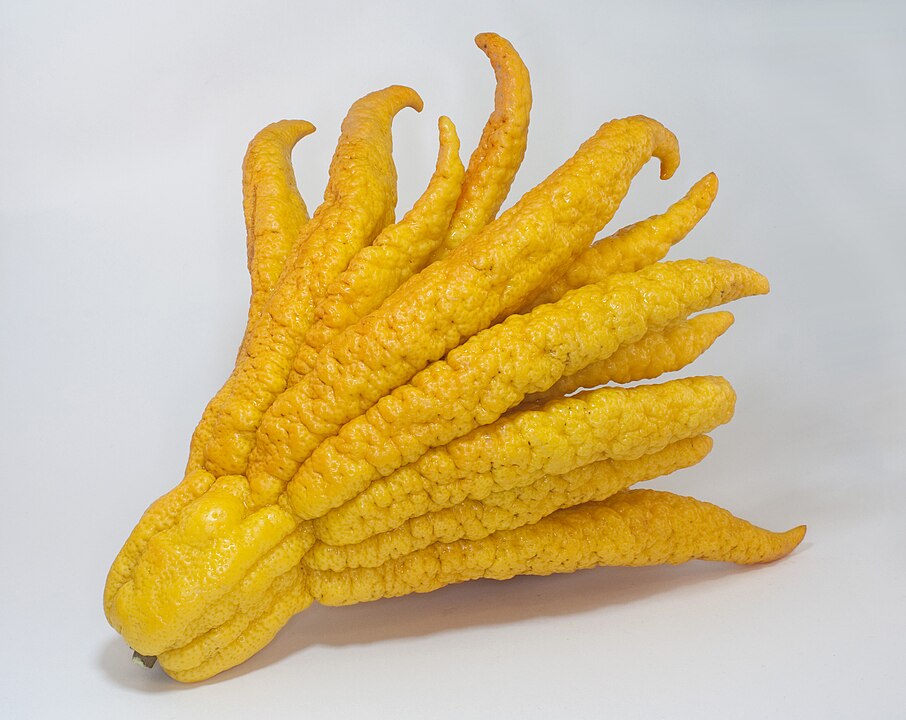
Photo taken from LINK
Biological name: Citrus medica var. sarcodactylis
Nutritional values: include vitamins C and E, calcium and fibre
Taste: bitter-sweet, bright and floral, citrus-forward with a spicy note
How to eat: can be added (often as the zest or flavouring) in desserts, savoury dishes and alcoholic beverages or candied as sweets
Characteristics: a hand-like structure, various shapes
Carambola (Star fruit)
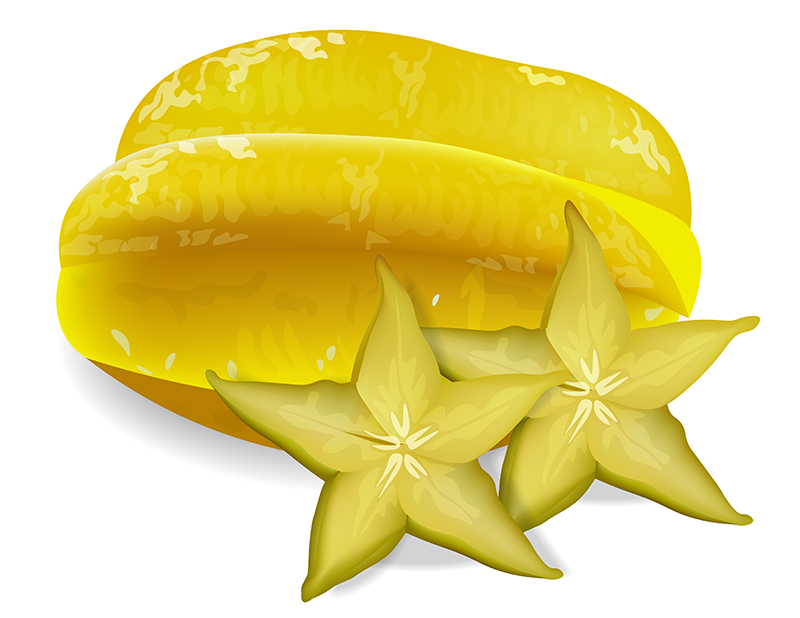
Image by frimufilms taken from LINK
Biological name: Averrhoa carambola
Nutritional values: Vitamin C, low sugar value, mainly consists of water
Taste: Sweet but not oversweet; tart, sour undertone
How to eat: raw; may be cooked or made into relishes, preservers, garnish and juices
Characteristics: a star-shaped cross-section, unrecommended for those with kidney diseases
Durian
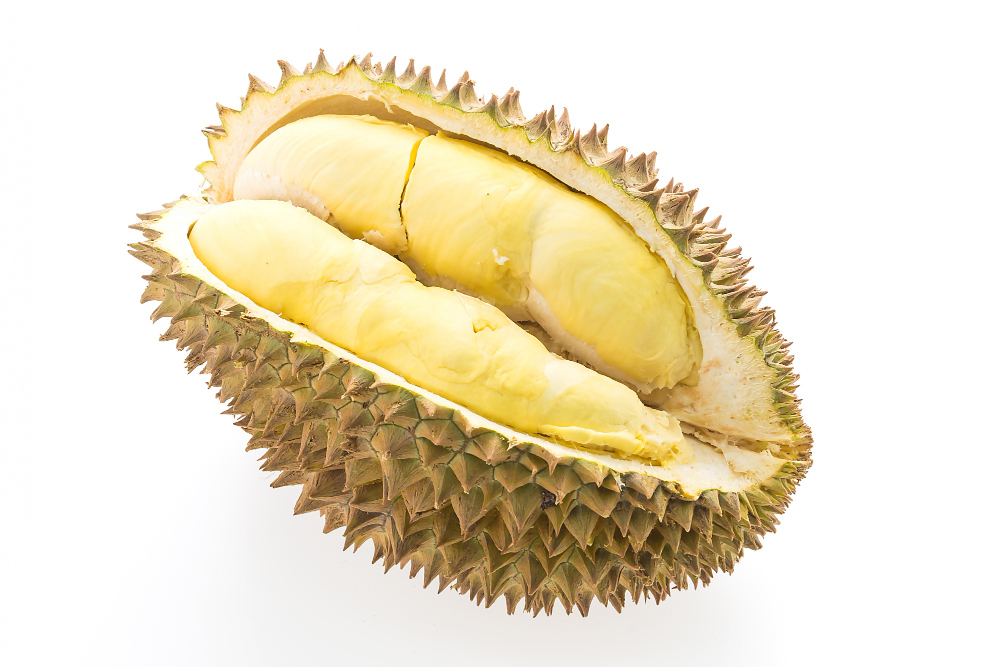
Image: mrsiraphol taken from LINK
Biological name: Durio zibethinus Murray
Nutritional values: Vitamin A, C, B vitamins and manganese
Taste: combination of fried onion/garlic, cream cheese and almonds
How to eat: raw; can be cooked and fried or made into paste, ice cream and a kind of cocktail based on coconut milk
Characteristics: intense disgusting smell, hard spiked peel, a title of “the most dangerous fruit” (because it can damage or kill when falling)
Pitaya (or pitahaya)
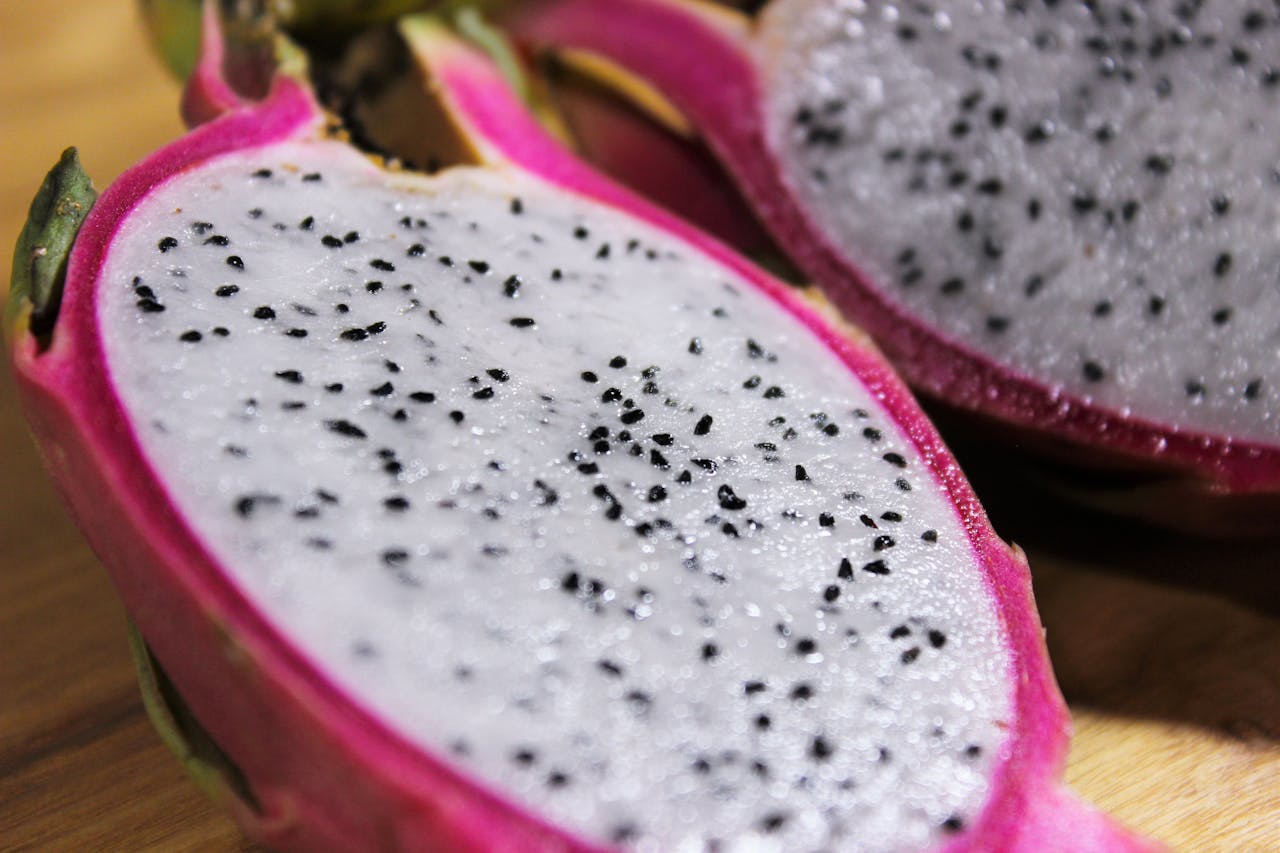
Photo: Pixabay taken from LINK
Biological name: Hylocereus undatus (Dragonfruit) / costaricensis (Costa Rica Night Blooming Cactus) / megalanthus (Midnight Cactus)
Nutritional values: Low calorie value; vitamin B6, C and K; calcium, magnesium, phosphorus and potassium
Taste: sweet; depends on species
How to eat: raw, can be used to flavour and colour juices and alcoholic beverages
Characteristics: grows in cacti, colour of peel and pulp dependent on the variety
If you have any questions or suggestions for another strange fruits, don’t forget to add your comments!
See you next time,
Krystian
🍍2023/2024 © Krystian Szczepański, Języki Obce w Mediach i Biznesie, 3 rok, Akademia Nauk Stosowanych w Koninie
